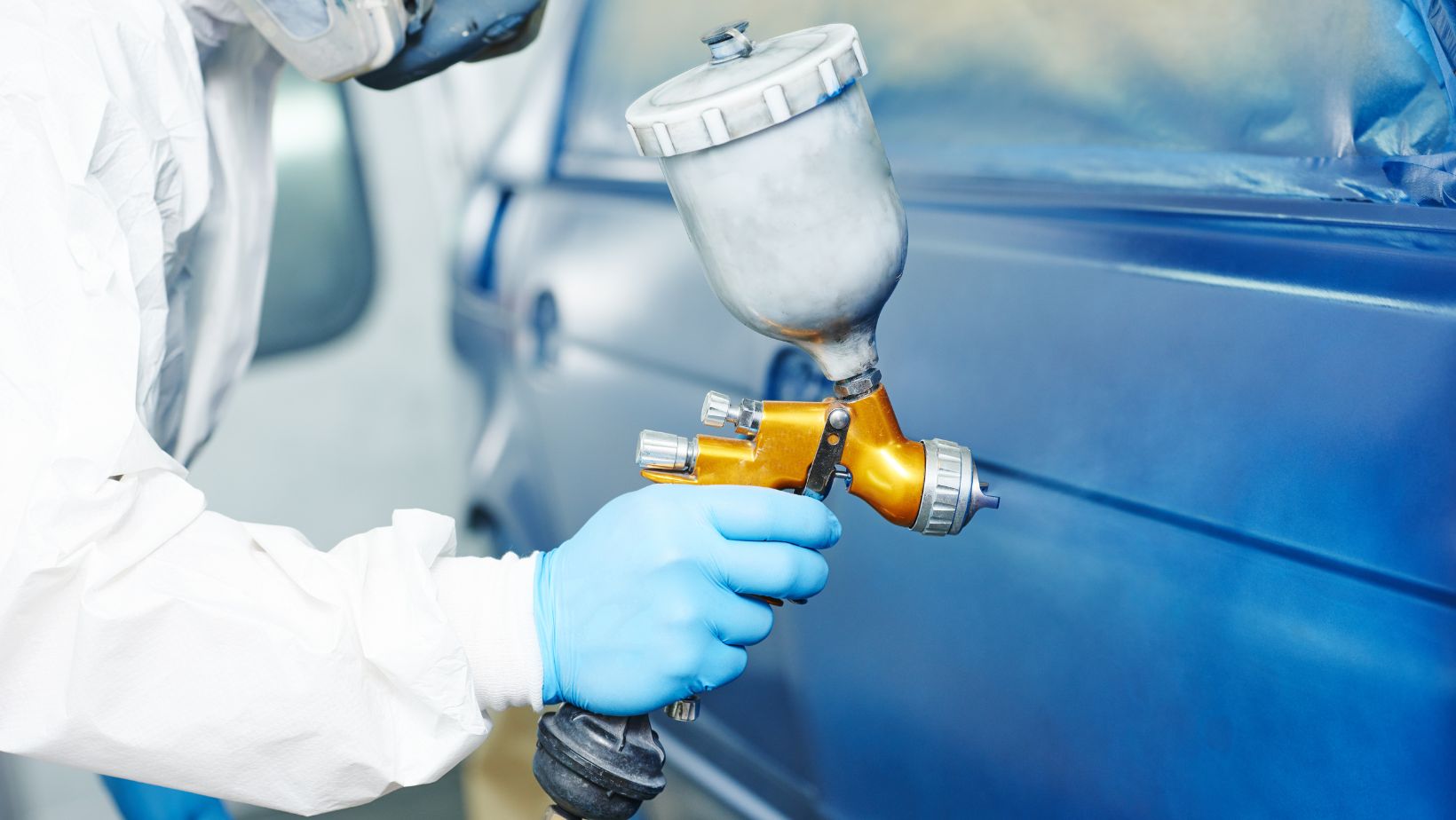Repair Sun Damaged Car Paint
Repairing sun-damaged car paint can be a daunting task, but with the right knowledge and techniques, it is possible to restore your vehicle’s luster. Sun exposure can cause fading, discoloration, and even peeling of the paint surface over time. However, by following a few steps and using the appropriate products, you can bring back the shine to your car’s exterior.
Firstly, it’s important to assess the extent of the damage. Minor sun damage may only require simple solutions such as polishing or waxing to rejuvenate the paintwork. On the other hand, more severe cases might necessitate a deeper repair process involving sanding and touch-up painting. Understanding the level of damage will help determine the best course of action.
To begin repairing sun-damaged car paint, start by thoroughly washing and drying your vehicle to remove any dirt or debris from the surface. Next, use a high-quality automotive polish or compound to gently remove oxidation and restore color depth. Applying a UV-resistant sealant or wax afterward will add an extra layer of protection against future sun damage.
Remember that prevention is key when it comes to preserving your car’s paint from harmful UV rays. Regularly parking in shaded areas or using protective covers can significantly reduce sun exposure and prolong the life of your vehicle’s finish. By taking proactive measures and investing time in proper maintenance, you can keep your car looking its best for years to come.

The Effects of Sun Exposure on Car Paint
When it comes to the damaging effects of the sun, we often think about its impact on our skin and eyes. But did you know that prolonged exposure to sunlight can also take a toll on your car’s paint job? The harsh UV rays, intense heat, and even the invisible infrared radiation emitted by the sun can cause significant damage over time.
One of the primary effects of sun exposure on car paint is fading. The vibrant colors you once admired may gradually lose their luster, becoming dull and lackluster. This occurs because UV rays break down the pigments in the paint, causing them to fade or change color. Darker shades are particularly susceptible to this type of damage.
Another consequence of sun exposure is oxidation. As your vehicle basks under those scorching rays day after day, the top layer of clear coat begins to deteriorate. This leads to a chalky appearance and a loss of glossiness. Additionally, oxidation can weaken the protective barrier between your car’s paint and harmful external elements.
Identifying Signs of Sun Damage on Your Vehicle
Now that we understand how sunlight affects car paint, let’s delve into how you can identify signs of sun damage on your vehicle. Here are some telltale indicators:
- Faded Paint: Look for noticeable differences in color intensity between exposed areas and those shielded from direct sunlight.
- Chalky Appearance: If your car’s surface feels rough or looks dull with a powdery residue when touched or wiped with a cloth, it could be a sign of oxidation.
- Peeling or Cracked Clear Coat: Excessive exposure to UV rays weakens the clear protective layer over time, leading it to peel or crack.
- Bubbling or Blistering: Heat buildup from the sun can cause paint to bubble or blister, indicating deeper damage that may require professional attention.
Regularly inspecting your vehicle for these signs of sun damage is crucial in catching early warning signs and taking appropriate action.
By following these steps and taking the time to properly prepare your car’s surface for repair, you’ll maximize the chances of achieving a seamless finish and restoring its original shine. Remember, attention to detail in preparation is key when it comes to successful paint repairs.







































